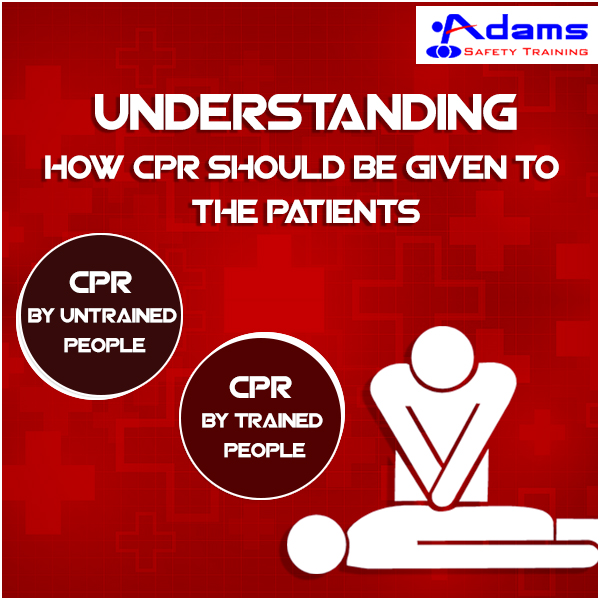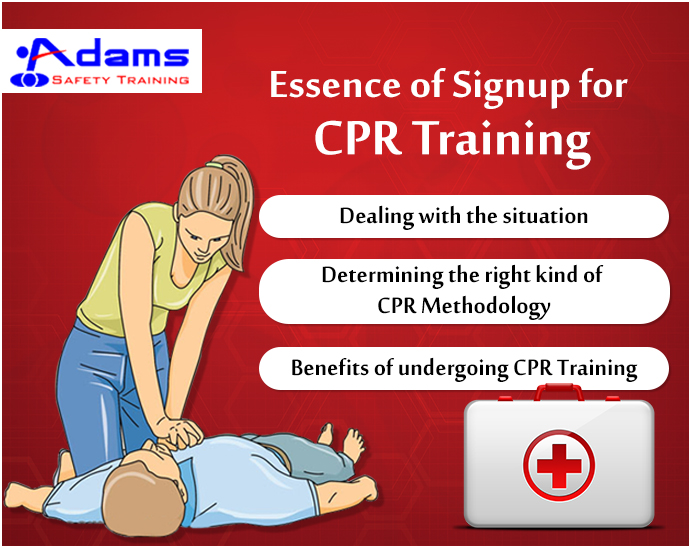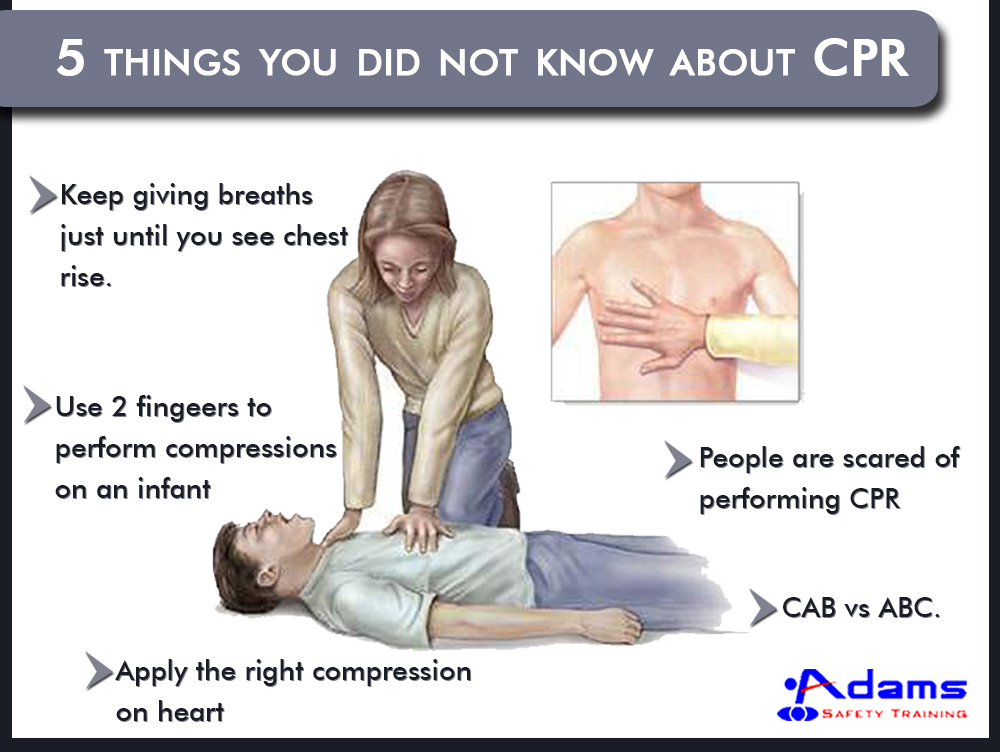Pediatric Advanced Life Support is a classroom, video-based, instructor-led course to learn about a systematic approach to pediatric assessment, basic life support and effective resuscitation. Earlier in Oct’2015 AHA released the updated CPR guidelines. AHA guidelines for Pediatric Advanced Life Support aims at improving the quality of care provided to seriously ill children, resulting in effective outcomes.
Fluid Resuscitation works best for children suffering from septic shocks. Administration of Bolus IV fluids need to be undertaken with extreme caution for children with febrile illness. Atropine for Endotracheal Intubation is highly recommended in case of a patient who is at increased risk of Bradycardia.
Invasive Hemodynamic Monitoring is useful during a cardiac arrest in a child to guide CPR quality. ECPR is better than Standard Resuscitation for children with underlying cardiac conditions who have an IHCA. This need to be administered in case the right equipment for that is available.
Pediatric Advanced Life Support demands targeted temperature management. It is essential to monitor the child’s temperature continuously, so that aggressive treatment of fever is initiated.
AHA has cited special guidelines for Post-Cardiac arrest health conditions for children. A quick look at the video given below can give you an insight into various post-cardiac arrest measures to be taken to ensure well-being and safety of children facing it.





